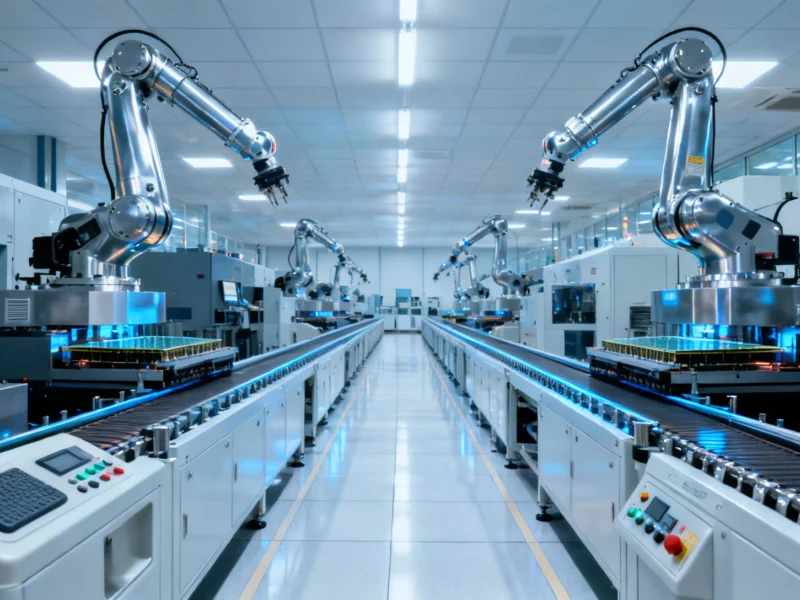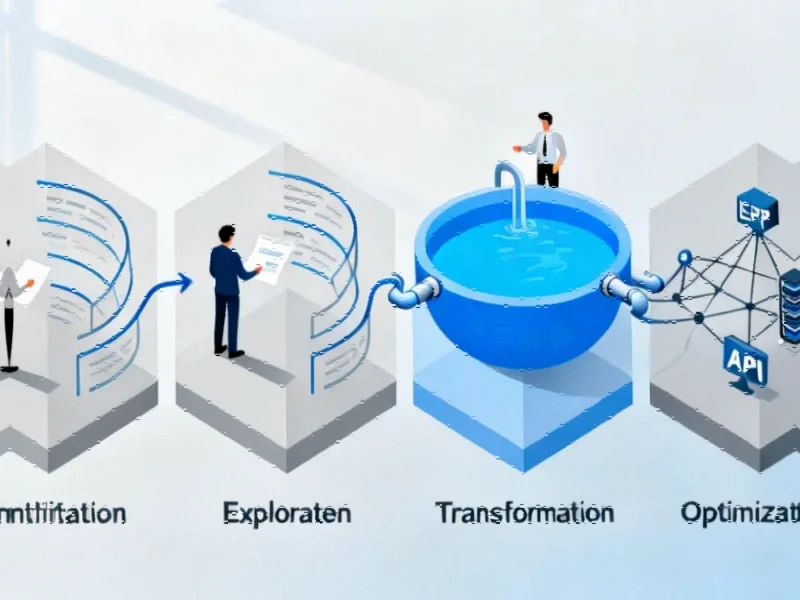The End of Windows 10 Support: A Forced Migration
Microsoft has officially concluded support for Windows 10, creating a challenging situation for millions of users. Those wishing to continue receiving essential security updates must either upgrade their systems or pay additional fees—a move that has drawn criticism across the technology landscape. This transition becomes particularly problematic when considering that Windows 11 cannot run on approximately half a billion existing machines, potentially creating significant electronic waste as functional computers are discarded.
The timing of this forced migration coincides with Microsoft’s aggressive push toward AI-integrated computing, raising questions about whether users are being herded toward a specific technological vision rather than being offered genuine choice. This strategic shift represents one of the most significant industry developments in recent computing history.
Windows 11’s AI Transformation
Microsoft is fundamentally reimagining the Windows experience through artificial intelligence. The company recently unveiled a suite of AI features that effectively transform Windows 11 into what executives describe as a comprehensive “AI PC” ecosystem. This vision centers around Copilot, Microsoft’s AI assistant, which is becoming increasingly integrated throughout the operating system.
Yusuf Mehdi, Microsoft’s executive vice president and consumer chief marketing officer, articulated this ambitious direction in a recent briefing: “We think we’re on the cusp of the next evolution, where AI happens not just in that chatbot and gets naturally integrated into the hundreds of millions of experiences that people use every day. The vision that we have is: let’s rewrite the entire operating system around AI.”
The Interface Shift: Copilot Takes Center Stage
The most immediately noticeable change involves Copilot’s new prominent placement directly in the Windows taskbar—arguably the most valuable screen real estate for most users. This positioning represents a fundamental redesign philosophy that makes AI central to the user experience rather than an optional tool.
Microsoft’s approach extends beyond visual integration to include voice interaction as a core input method. Users can activate Copilot by saying “Hey, Copilot,” which the company describes as a “third input mechanism” alongside traditional keyboard and mouse. This voice-first strategy follows Microsoft’s broader AI-driven Windows overhaul that aims to redefine how users interact with their devices.
Expanded Capabilities and Privacy Implications
Two features demonstrate the extensive reach of Microsoft’s AI integration: Copilot Vision and Copilot Actions. Copilot Vision allows the AI to analyze everything displayed on a user’s screen to provide context-based recommendations, while Copilot Actions enables the assistant to perform tasks directly on the local machine, from editing folders to retrieving information.
As Mehdi stated, “The PC should be able to act on your behalf.” However, this capability requires users to grant significant access permissions to the AI system. The privacy implications recall Microsoft’s controversial Recall feature, which faced substantial backlash for capturing continuous screenshots—including sensitive information like Social Security numbers—and storing them in unencrypted folders. These related innovations in AI functionality continue to generate important discussions about data security.
Historical Context and Industry Parallels
This isn’t Microsoft’s first attempt at deeply integrating an assistant into Windows. The company previously pushed Cortana with Windows 10, complete with voice controls and similar privacy concerns. The current AI push represents a more comprehensive and ambitious version of that earlier vision.
The technology sector’s increasing focus on AI integration mirrors Oracle’s AI ambitions and other major platform developments. As companies race to implement artificial intelligence, questions about user autonomy, hardware requirements, and environmental impact continue to surface. These market trends toward AI-first computing are reshaping the entire technology landscape.
Broader Industry Implications
Microsoft’s aggressive AI integration strategy reflects a broader industry movement toward intelligent systems that anticipate user needs. However, this direction raises important questions about user agency, accessibility for those who prefer traditional interfaces, and the hardware requirements that may exclude older but functional devices.
The computing industry’s sustainability challenges are highlighted by the forced obsolescence of millions of computers, creating environmental concerns that extend beyond Microsoft’s specific implementation. These developments occur alongside other significant technology settlements and regulatory actions that shape how companies deploy emerging technologies.
As the industry continues to evolve, the tension between innovation and user choice remains evident. The response to Microsoft’s AI-focused direction will likely influence how other technology companies approach similar integrations, potentially setting precedents for future recent technology implementations across the sector. This dynamic is further illustrated by growing investor scrutiny of technology companies’ strategic directions.
Looking Forward: The AI Computing Era
Microsoft’s vision of an AI-rewritten operating system represents a fundamental shift in personal computing. While the potential benefits include more intuitive interfaces and automated task handling, the implementation raises valid concerns about privacy, accessibility, and environmental sustainability.
As users navigate this transition, the technology community will be watching closely to see whether Microsoft’s AI-first approach enhances productivity or compromises user control. The success of this ambitious redesign will depend not only on technological capability but on how well it addresses the diverse needs and concerns of the global computing community.
This article aggregates information from publicly available sources. All trademarks and copyrights belong to their respective owners.
Note: Featured image is for illustrative purposes only and does not represent any specific product, service, or entity mentioned in this article.



